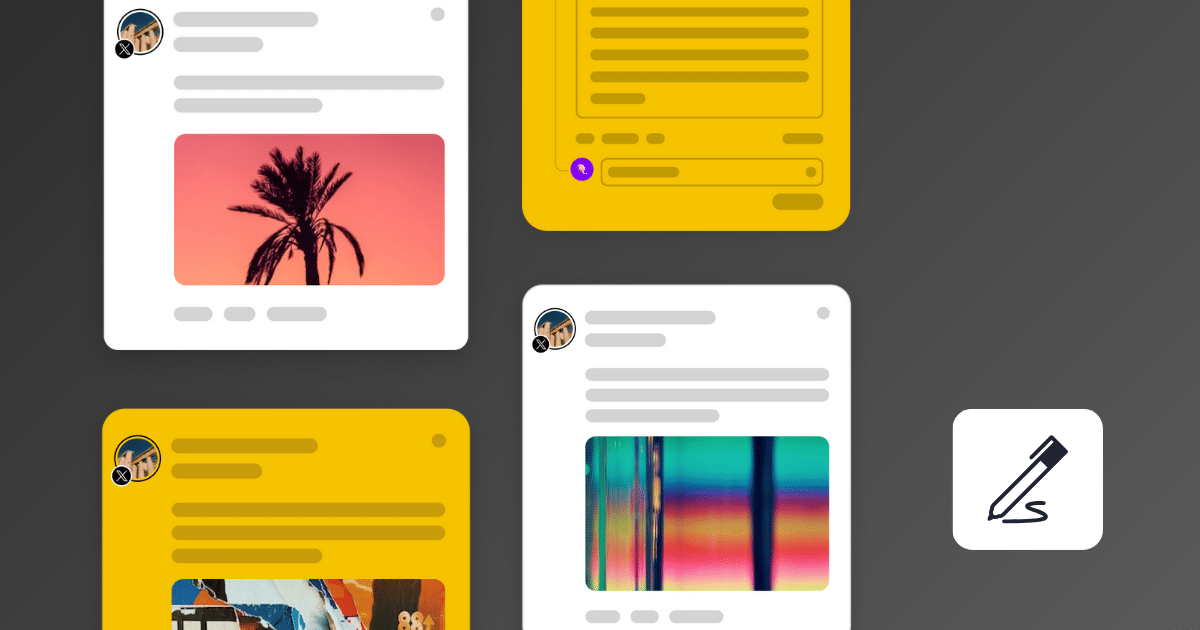Enter low-key: a versatile qualifier that tempers intensity, adds nuance, or signals hidden emphasis. It’s everywhere—from Instagram captions to Twitter threads—and works as a linguistic softener or veiled reveal. A helpful primer on usage and tone appears on pages like https://blog.appewa.com/low-key-meaning-in-social-media/, and below you’ll find how real people use it in the wild.
Why “Low-Key” Works So Well Online
Low-key lets people say what they mean without overcommitting. Instead of “I really like this,” “I’m low-key into this” adds a layer of modesty. It conveys emotional presence without screaming it. Because digital communication lacks tone and facial cues, low-key helps carry subtext—“I feel this, but quietly.” It’s also flexible: it can soften praise, cloak confession, or frame irony.
Tweet Examples That Nail “Low-Key”
Expressing Subtle Desire or Craving
“I lowkey need a vacation right now 😩”
“Lowkey craving a late-night burger”
Here, “lowkey” signals that the speaker wishes for something without demanding it, acknowledging the desire but keeping it casual.
Soft Criticism or Uncomfortable Feelings
“This meeting is lowkey dragging me down”
“Lowkey annoyed that my plans just got canceled”
In these, “lowkey” softens the emotional blow—criticizing or complaining without sounding too intense.
Hidden Praise or Emphasis
“That track was lowkey a bop”
“Lowkey love how calm you are under pressure”
These phrases give credit in a reserved way—“this is good, maybe more than I want to admit.”

Irony, Humor, and Memes
“I lowkey get offended by incorrect grammar”
“I said I wasn’t hungry, but I lowkey need snacks now”
In humorous or ironic tweets, “lowkey” helps create a tone of reluctant confession: “I’m exaggerating (but not really).”
Confessions and Truths
“Lowkey, I’ve been overthinking that text you sent”
“I lowkey miss our old inside jokes”
These tweets show emotional transparency while maintaining a degree of caution or reservation.
Posts and Captions That Use “Low-Key”
On platforms like Instagram or TikTok, “low-key” appears in captions, story overlays, and video text:
“Lowkey obsessed with this view 🌄”
“Lowkey proud of how far I’ve come”
“Lowkey don’t want to adult today”
“Lowkey today was harder than I thought”
These uses lean toward mood-setting: giving followers a window into internal states without overstatement.
What These Examples Reveal About Tone

Emphasis without spectacle: “Lowkey” signals weight without drama.
Invitation to empathy: Viewers/readers sense there’s more beneath the surface.
Restraint in self-presentation: Using “lowkey” is like saying “don’t overreact to this.”
Emotional layering: It allows dual messages—what’s said, and what’s held back.
Tips for Using “Low-Key” Authentically
Use it sparingly—if every sentence is “lowkey,” it becomes noise.
Pair it with context or an emotion: “I’m lowkey excited / lowkey frustrated / lowkey jealous.”
Use it when you want a subtle reveal, not when you want to shout.
Watch your audience—some may see it as vague or passive.
Use emojis, punctuation, and spacing to help tone carry:
“Lowkey tired…”
“You’re lowkey amazing <3”
Mistakes or Overuse to Avoid
Don’t use “lowkey” in statements that are already neutral or weak—it adds nothing.
Avoid pairing with phrases that clash: “I lowkey absolutely hate this” feels awkward.
Don’t try to “lowkey” in contexts that require clarity (e.g. serious announcements).
Overusing it dilutes impact—save it for when the nuance truly matters.
Why We See “Low-Key” Everywhere
Because it fills a cultural gap: people want to share, feel heard, or flirt—without oversharing or sounding dramatic. “Low-key” gives them that middle ground: I’m feeling this, but not screaming it. On social media—where attention is fleeting and tone is fragile—such balancing words are gold.
Watching how people use “low-key” in real tweets and posts teaches us how modern expression thrives in understatement, shadows, and quiet emotion. It isn’t just slang—it’s a tone tool for the digital age.







